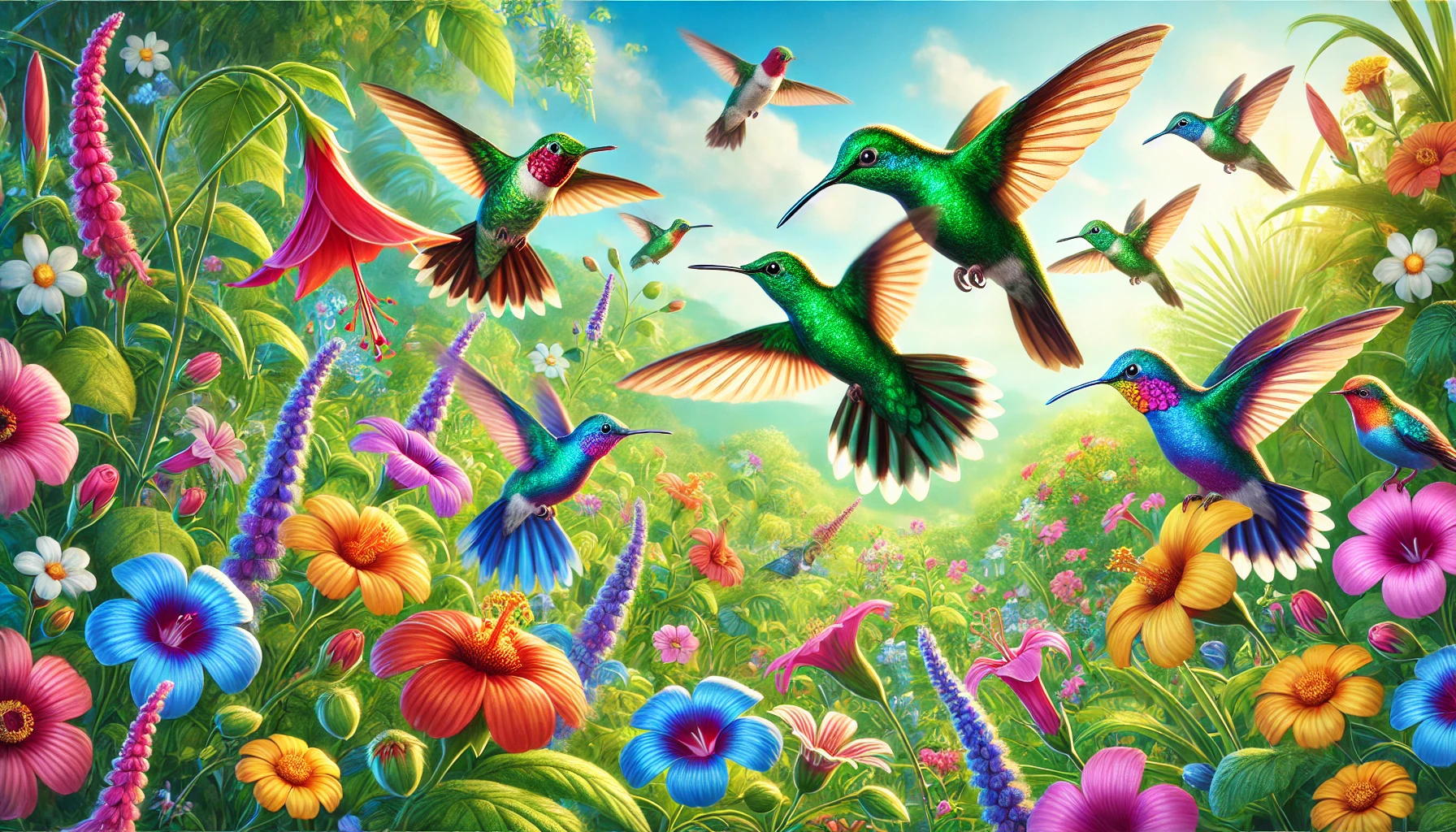Interesting Facts About Hummingbirds and Their Behavior
Table of Contents:
- Introduction to Hummingbirds and Their Behavior
- The Different Species of Hummingbirds
- How Hummingbirds Hover and Use Their Wings
- The Role of Hummingbirds in Pollination and Ecosystems
- How to Attract Hummingbirds to Your Garden
- Conclusion: Understanding the Unique Nature of Hummingbirds
Interesting Facts About Hummingbirds and Their Behavior
Hummingbirds are some of the most fascinating and agile birds in the world, known for their incredible ability to hover in mid-air and their rapid wing beats. These tiny birds are not only remarkable for their speed and agility but also for their vital role in pollination. In this article, we will explore interesting facts about hummingbirds, their behavior, and their importance in ecosystems.
1. The Different Species of Hummingbirds
There are over 300 species of hummingbirds found across the Americas, with the highest diversity in tropical regions like Central and South America. Some of the most well-known species include the ruby-throated hummingbird, commonly seen in North America, and the Andean hillstar, which inhabits high-altitude regions of the Andes. These birds are incredibly diverse in size and color, with some species displaying iridescent feathers that reflect vibrant colors when caught in the sunlight. Each species of hummingbirds has adapted to different environments, from rainforests to deserts, showcasing their remarkable versatility.
2. How Hummingbirds Hover and Use Their Wings
One of the most impressive abilities of hummingbirds is their unique hovering technique, which is made possible by their rapid wing beats and flexible shoulder joints. Hummingbirds can beat their wings up to 80 times per second, creating a figure-eight motion that allows them to hover in place while feeding on nectar. This flight style enables them to precisely maneuver in tight spaces and access flowers that other birds or insects cannot reach. In addition to hovering, hummingbirds are also capable of flying in all directions, including backward, making them one of the most agile bird species.
3. The Role of Hummingbirds in Pollination and Ecosystems
Hummingbirds play a crucial role in pollination, especially in tropical and subtropical regions where they act as primary pollinators for many plants. As hummingbirds feed on nectar, their heads brush against the flowers’ pollen, which they inadvertently carry to other plants. This process helps plants reproduce and contributes to biodiversity. Without hummingbirds, many flowering plants would struggle to survive, which would, in turn, impact other animals that rely on these plants for food. Hummingbirds are key contributors to the health of ecosystems, particularly in their native habitats.
4. How to Attract Hummingbirds to Your Garden
If you want to attract hummingbirds to your garden, providing the right food sources and environment is essential. Hummingbirds are attracted to brightly colored flowers, especially red, orange, and pink, that produce nectar. Plants like trumpet vine, bee balm, and honeysuckle are great options for drawing hummingbirds. You can also hang hummingbird feeders filled with a mixture of sugar water (1 part sugar to 4 parts water) to supplement their diet. Make sure the feeder is kept clean to prevent the growth of harmful mold or bacteria. Providing a small water source and shelter from predators will make your garden even more inviting to these tiny birds.
5. Conclusion: Understanding the Unique Nature of Hummingbirds
In conclusion, hummingbirds are extraordinary birds known for their speed, agility, and vital role in pollination. Their ability to hover and fly in multiple directions, combined with their importance to plant reproduction, makes them key players in the ecosystems they inhabit. By learning more about hummingbirds and creating environments that support their needs, we can help ensure the survival of these remarkable creatures and enjoy their presence in our gardens for years to come.

<ⓒ WizardMedics (wizardmedics.com)>


